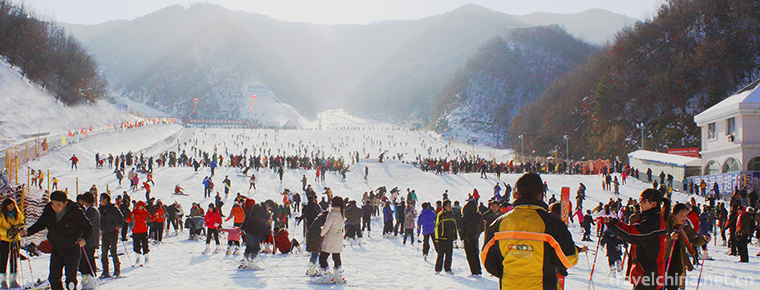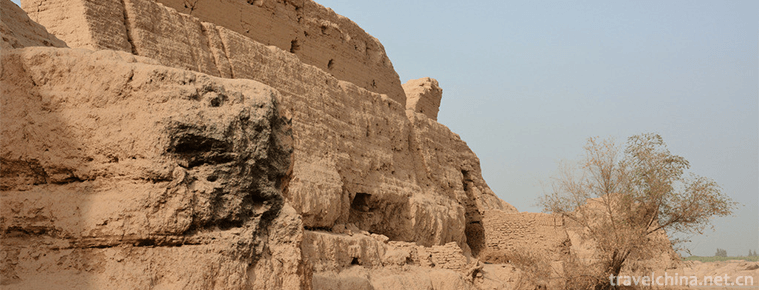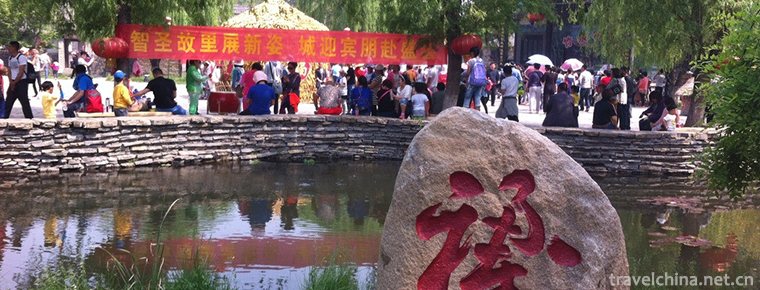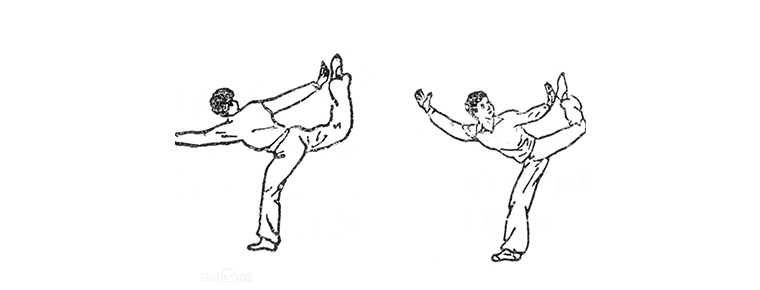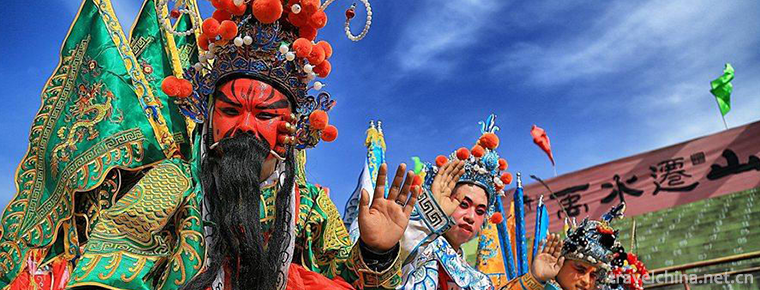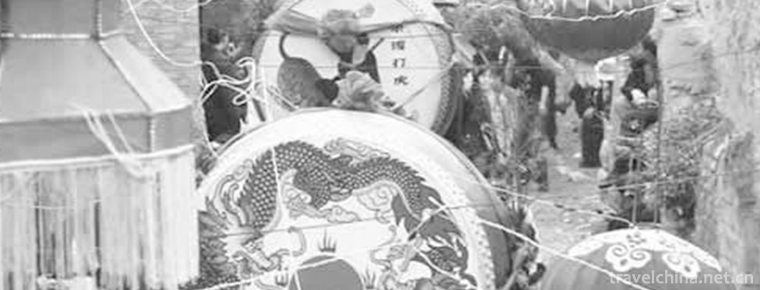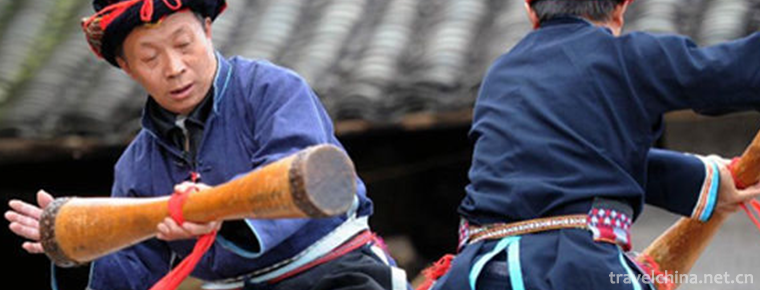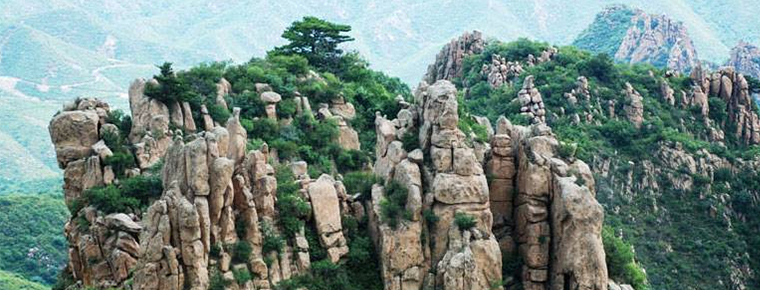Xibo Folk Songs
Xibo Folk Songs
Xibo folk song is an important kind of traditional music culture of Xibo nationality, which is widely spread among the Xibo people in Chabchal Xibo Autonomous County and Xinjiang. Folk songs are an important part of Xibo folk traditional art, which can be roughly divided into field songs, folk songs, nursery songs and narrative songs. There are few Xibo folk songs, but their modes are very complicated. Four tones, five tones, six tones, seven tones and more than twenty kinds. There are many special modes.
In November 2014, "Xibo Folk Song" was approved by the State Council to be included in the fourth batch of representative projects of national intangible cultural heritage.
historical origin
Xibo folk songs have a long history. They have been produced as early as the fishing and hunting culture period. For example, Aquinas and Butterfly Dance Songs have been spreading among the people all the time. They have gone through different stages of historical development and enriched the kinds of Xibo folk songs. They not only shine brilliantly in the humanistic spirit and social life of the Xibo people, but also become a display of the national tradition, national spirit and national life of the Xibo people. An artistic expression of character.
For generations, Sibo people, who are good at horseback riding and archery, often use Hunting and scattering as folk songs. Warm and unrestrained full sense of rhythm, and simple dynamic singing complement each other.
artistic characteristics
Content classification
Xibo folk songs can be divided into ancient Xianbei folk songs, fishing and hunting songs, shaman songs, narrative songs, field songs (love songs), custom songs, persuasion songs, motto songs, children's songs and new folk songs. Ancient Xianbei folk songs in Weishu Yuezhi contain records of such Xianbei folk songs as "Song of Achan" and "Song of the Real Man for the Real Man"; ancient fishing and hunting songs reflect the primitive fishing and hunting life in the period of mountain and forest culture; folk songs in the early Qing Dynasty include fishing and hunting songs, shaman songs, etc., and in the late Qing Dynasty there are field songs, custom songs, narrative songs, motto songs and nursery songs; folk songs in the period of the Republic of China are used for social improvement. Suggestion songs and aphorism songs are the main ones, such as Suggestion Song and Old People's Song. Folk songs after the founding of New China mainly eulogize the new era and new changes of folk songs such as "Chabuchar Good Place".
Melody lyrics
Xibo folk songs have their own fixed tunes, but there are no fixed lyrics. Every singer improvises according to different occasions. Xibo folk songs especially emphasize the rhyme of lyrics. Each line of lyrics requires rhyme of the beginning, middle and end. Therefore, singers are required not only to perform on the spot, but also to have the creative ability of poetry lyrics. This is a distinct feature of Xibo folk songs.
Representative Works
Azina is an ancient Sibo folk song. With its happy and graceful melody, it vividly reflects the primitive labor of the Xibo ancestors along the Nenjiang and Songhua rivers.
The Sibo Opera of Returning from the Northeast to the West is an immortal epic with a solid and well-founded narrative, especially for the Sibo people to establish an indestructible outlook on life, and to be eulogized from generation to generation.
"Song of Ages" sings about the Sibo people's amazing national spirit in the process of migration. At the same time, it summarizes some thoughts reflecting the law of their own survival and development in life.
"Jacina" Xibe folk song. "Jacina" means "black land" in Sibo. The history of the Sibo people's westward migration is that they have a deep feeling for their homeland.
Inheritance Significance
Xibo folk songs have been inherited from generation to generation in the Xibo people. In the eight catalogues of Xibo Autonomous County of Chabu Chal, a large number of folk song inheritors such as Tong Limei, Guo Xiaomei and Fu Yuqiang have emerged among the people. Therefore, the mass basis of Xibo folk song's singing, dissemination and inheritance is very deep. However, with the change of Sibo language environment, the number of people who use Sibo language decreases, and the survival space of this original ecological folk culture is shrinking. It is urgent to protect and inherit Sibo folk songs.
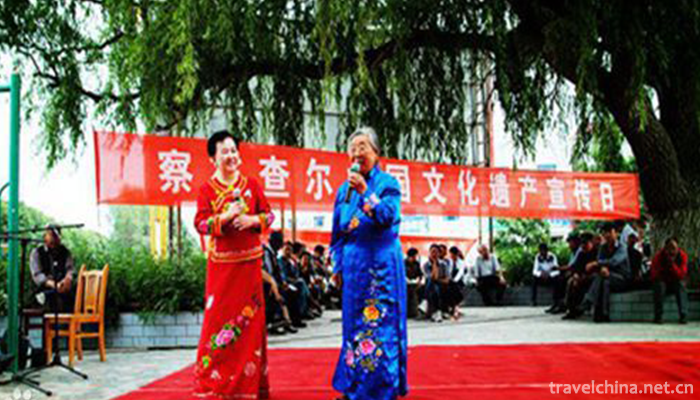
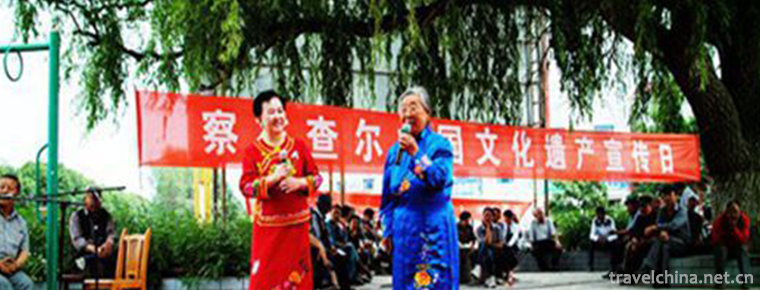
Xibo Folk Songs
-
Funiu Mountain Skiing Resort
Located on the north slope of the old boundary ridge of Funiu Mountain in Luanchuan County, Luoyang Funiu Mountain Skiing Resort has the highest elevation of 2200 meters and an elevation of 1700 meter
Views: 170 Time 2018-12-22 -
The Ancient City of Gaochang
Gaochang City, which began in the first century B.C., was built by the army of Tuntian in the territory of Cheshi in the Western Han Dynasty. The site of the Old Town is located in the vicinity of Har
Views: 212 Time 2019-01-12 -
Zhuquan Village Tourist Resort
Zhuquan Village Resort is located in the north of Yinan County, Shandong Province, 12 kilometers away from the county. It was called Quanshangzhuang in Yuan and Ming Dynasties and was renamed Zhuquan
Views: 179 Time 2019-03-21 -
Poke feet
Poking feet is one of Chinese boxing. Leg and foot kungfu is the main form. It is said that it originated in the Song Dynasty and flourished in the Ming and Qing Dynasties
Views: 161 Time 2019-04-22 -
Folk fire Min Jian She Huo
Folk society fire is a kind of folk entertainment popular in China during the Spring Festival. It is widely spread in Shaanxi, Shanxi, Hebei, Henan, Liaoning and other provinces. On May 20, 2006, Folk
Views: 174 Time 2019-06-05 -
Yucun drum car
Yucun Drum Car has a history of more than 2,700 years. It has recovered after a long history of ups and downs. Drum truck is a combination of drum and car, which evolved from the ancient chariot. As a
Views: 117 Time 2019-06-28 -
Long Drum Dance of Yao Nationality
Chinese Yao folk dance. Popular in Guangdong, Guangxi, Hunan and other provinces where Yao people live together, most of them perform on traditional Yao festivals, harvest celebrations, relocation or
Views: 260 Time 2019-07-11 -
Steamed pork with rice flour
Yuan Mei, a Qing Dynasty poet of steamed pork with rice flour, is a Jiangxi dish in Suiyuan food list. It belongs to a variety of cuisines in southern China (such as Sichuan, Chongqing, Hunan, Anhui,
Views: 191 Time 2020-03-22 -
Daheishan Forest Park
Daheishan Forest Park is located in Wuben Township, Renhe District, Panzhihua City, Sichuan Province. From the center of Panzhihua bingcaogang River Panshan 58 kilometers, through Guaziping, Lanjian mine and Wuben township.
Views: 86 Time 2020-10-15 -
Luzhou economy
In 2019, the GDP of Luzhou will reach 208.13 billion yuan, an increase of 8.0% over the previous year, 1.9 percentage points higher than the national average level (6.1%) and 0.5 percentage points higher than the provincial average level (7.5%). Among them, the added value
Views: 356 Time 2020-12-14 -
Neijiang administrative division
Neijiang City governs 5 county-level administrative divisions (Municipal District 2, county-level city 1, county-2), and 83 township level administrative divisions (street 13, town 70). It covers an area of 5386 square kilometers and has a population of 4.27 million.
Views: 170 Time 2020-12-16 -
Plant resources in Nanchong
There is only one kind of Metasequoia glyptostroboides introduced and cultivated in Nanchong City; there are two kinds of wild protected plants, namely, fragrant fruit tree and narrow leaf pygmy grass, and two kinds of cultivated Ginkgo biloba and Eucommia
Views: 366 Time 2020-12-17
